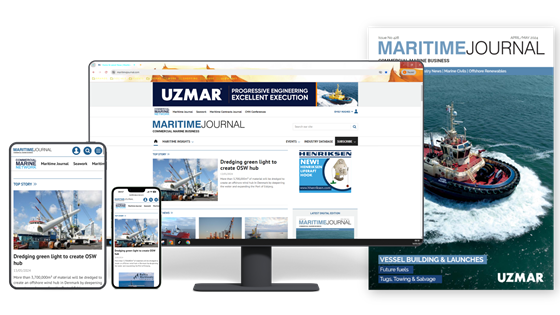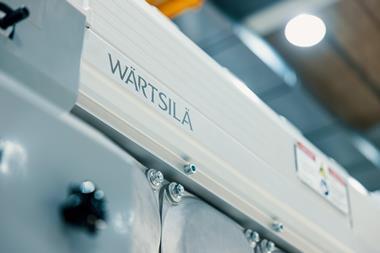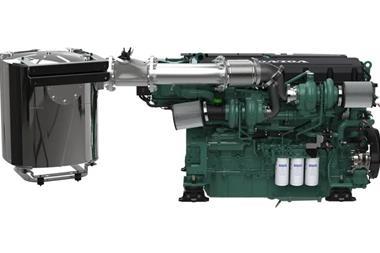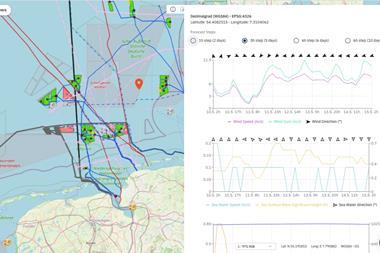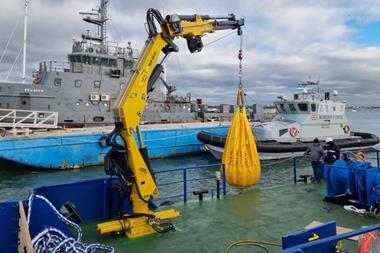A smartphone app has been launched providing marine pilots with a tool to calculate the number of tugs and power required in different situational and environmental conditions.
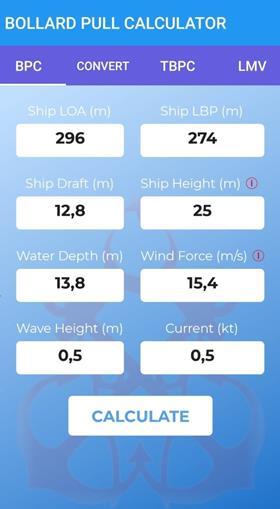
The app, presented by Captain Baykal Yaylai via Marine-pilots.com, recognises that pilots call on their professional experience when assessing tug number and power requirements in varying conditions of wind, current and waves: assessments that may raise questions from lawyers with the advantage of time if something goes wrong.
The Pilot’s Tug Assist Tool is based on calculations and graphs in Tug use in Port by Captain Henk Hansen FNI; first published in 1997 by The Nautical Institute, London with a third edition published by The ABR Company Ltd in 2018. The book explains why a safety margin of 20% is included in the calculations and the app has been tested for over two years now, it reported that “it works in a satisfactory way”.
The tool involves the inputting of eight variable: LOA, LBP, draught, ship height, water depth, wind force, wave height and current. Calculations for required tug power in crosswinds involve ship height and wind force values, the former described as critical. Considering a container is around 2.6m high it is easy to calculate the total height of deck load and use the same assessment to judge height of the main deck above water.
Current force considerations are similar to those of wind force, the magnitude dependent on current velocity, hull form, area exposed and under-keel clearance where forces due to currents increase when the clearance decreases. While terminals are usually sheltered from waves, wave action may become important above certain threshold values and guidance is provided in judging this value.
Once the parameters have been entered Tug Assist Tool displays the results and the total required bollard pull. A further thrust convertor option converts kW and HP to metric tons for bow and stern thruster and knots to m/sec for wind.
Another calculation estimates required tug power to stop sideways ship movements at 30m from the berth, useful for ships with dangerous cargo. For large mass, large displacement ships such as tankers and bulk carriers where wind effect is not so important empirical formula is used to calculate required tug power for that class of vessel.


